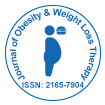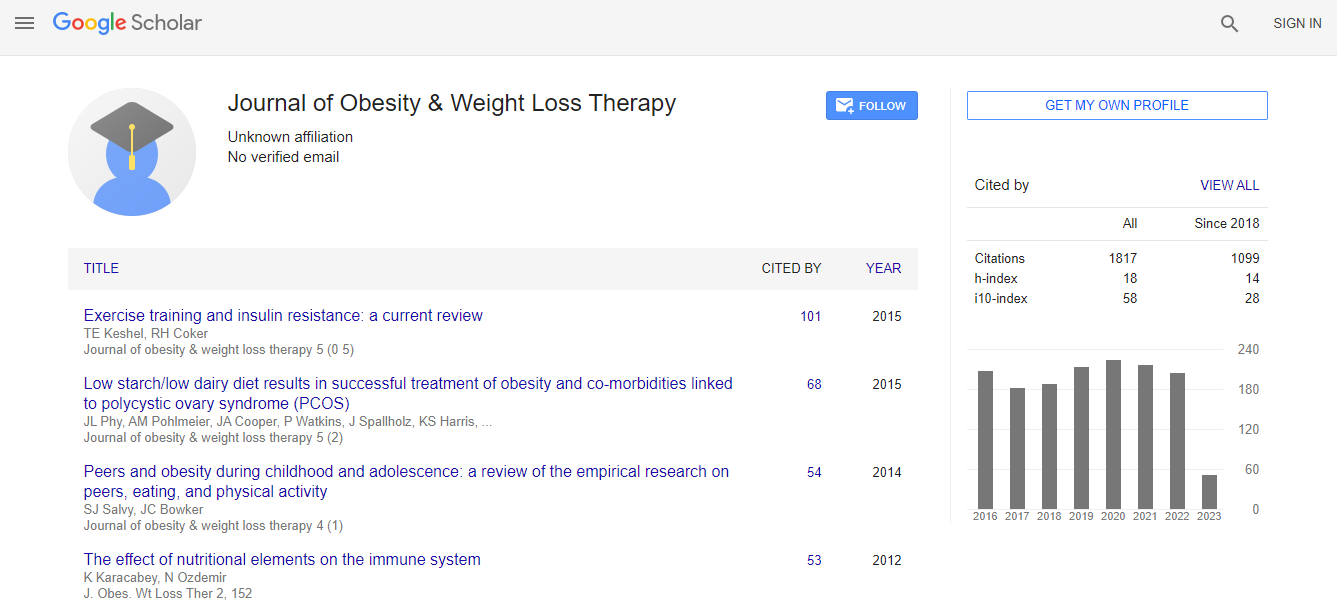Our Group organises 3000+ Global Events every year across USA, Europe & Asia with support from 1000 more scientific Societies and Publishes 700+ ������ Journals which contains over 50000 eminent personalities, reputed scientists as editorial board members.
������ Journals gaining more Readers and Citations
700 Journals and 15,000,000 Readers Each Journal is getting 25,000+ Readers
Citations : 2305
Indexed In
- Index Copernicus
- Google Scholar
- Open J Gate
- Genamics JournalSeek
- Centre for Agriculture and Biosciences International (CABI)
- RefSeek
- Hamdard University
- EBSCO A-Z
- OCLC- WorldCat
- SWB online catalog
- CABI full text
- Cab direct
- Publons
- Geneva Foundation for Medical Education and Research
- Euro Pub
- University of Bristol
- Pubmed
- ICMJE
Useful Links
Recommended Journals
Related Subjects
Share This Page
Waist-to-height ratio is an indicator of metabolic risk in children
4th International Conference and Exhibition on Obesity and Weight Management
Jaime Guadalupe Valle Leal
Instituto Mexicano Del Seguro Social, Mexico
Posters-Accepted Abstracts: J Obes Weight Loss Ther
DOI:
Abstract
Introduction: Abdominal fat, particularly visceral, is associated with an increased risk of metabolic complications. The waist-toheight ratio is used to assess abdominal fat in individuals of all ages. Objective: To identify the capability of the waist-to-height ratio (ICE) to detect metabolic risk in children of school age. Methods: We studied children between 6 and 12 years, we identified obesity with body mass index (BMI) â�?¥85th percentile and abdominal obesity with ICEâ�?¥0.5, blood glucose levels, cholesterol and triglycerides were measured in all participants. We determined sensitivity, specificity, PPV and NPV of the ICE and BMI to identify metabolic abnormalities. ICE and BMI were compared to determine which has better efficiency diagnosed. Results: 223 children (106 women and 117 men), 66 (28.7%) were studied showed a metabolic disorder, 51 subjects had hypertriglyceridemia, hypercholesterolemia 27 and 9 hyperglycemia. ICE identified in these children, to a point equal to or greater than 0.5 cut, sensitivity of 100% for hyperglycemia, hypercholesterolemia 93% for and 76% for hypertriglyceridemia (p=0.0001). Conclusions: ICE is an efficient indicator to identify metabolic risk in children of school age.Biography
Email: valle_jaime1@hotmail.com

